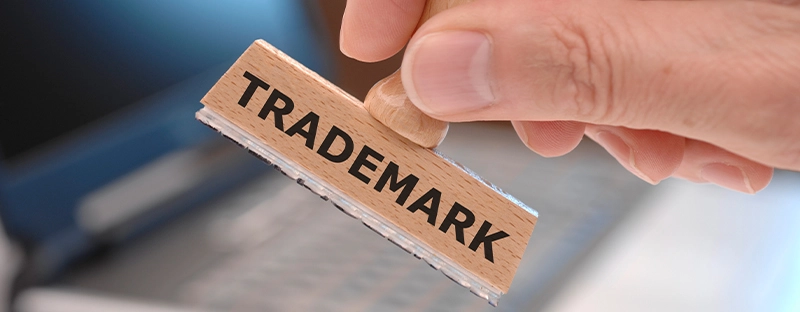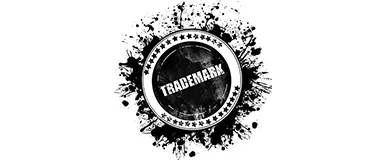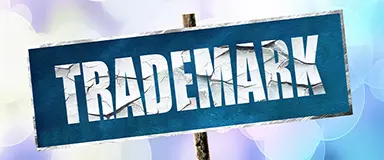Complete step-by-step guide to registering a trademark with the USPTO in 2025. Learn filing requirements, costs ($350 base fee), timelines (12-18 months), and maintenance requirements.
The History of the Trademark
Written by Emily Brooks ·

If you’re a business owner, influencer, or creative professional, it’s likely that you have some registered trademarks. These may include logos, slogans, or your business name. Trademarks protect your brand identifiers and allow you to take action if someone tries to use them without your consent. But do you know where the term trademark comes from? In this article, we’re going to take a walk down memory lane and uncover the history of the trademark.
The “Mark” in Trademark
The word “trademark” literally means a mark that identifies someone as the trader of goods or services. Today, that means a brand identifier such as your company name. But in the past, it meant physical marks placed on items. In 5,000 BC, for example, Chinese potters placed marks on their vases and other creations detailing their name, the name of the emperor, and the location where the pots were made.
In the 12th century, King Edward I introduced a law that meant jewelers had to get all their creations stamped by the Goldsmith’s Hall. These marks are called Hallmarks and are still used on jewelry to this day.
Move forward to the 13th century, and bakers were expected to mark each loaf of bread to show who produced it. As well as ensuring that competing bakers couldn’t claim that they had produced bread that they hadn’t, it kept the bakers accountable for any poor-quality produce.
Protecting Brand Symbols
The trademark protections that we know and understand today didn’t really come into existence until much later, in the 19th century. Industrial revolutions in Europe, particularly France and the United Kingdom, led to new laws that allowed businesses to register their company names and product names. Registration helped protect them from other businesses who may want to copy their branding to try and raise their own profile. With so many businesses suddenly producing goods at a much faster rate than ever before, trademark registration represented a way for the savviest firms to literally make their mark and get ahead of the competition.
The Impact of Global Trade
Moving into the late 19th century and early 20th century, businesses began to dramatically expand their operations across borders and, in some cases, all around the world. Local trademark registration wouldn’t necessarily protect a business from someone stealing their symbols or product names thousands of miles away. That worry was what prompted the introduction of international laws for trademark protection.
The Paris Convention of 1883 comprised a set of rules that covered all types of “Industrial Property,” including trademarks but also patents, designs, models, and more. The Madrid Agreement or Madrid System came into being in 1891 and allowed businesses to register trademarks in multiple countries.
Today, businesses need to consider which countries they’re most likely to do business in and which they may expand to in the future. They can work with a professional trademark protection specialist to ensure no one has their trademark already. This research is vital as it avoids wasted time and money spent applying for trademarks that already exist. Where conflicts arise, one possibility is adjusting a trademark just enough that it doesn’t infringe on the existing one. Another option is employing the services of a trademark attorney.
Trademark specialists can also help businesses and individuals apply for trademark registration in the countries of their choice. Once trademarks are successfully registered, it deters others from using them as they know they’re open to litigation for trademark infringement. Vigilant monitoring services can report on any infringements and help you address them swiftly.
Protecting Your Most Valuable Assets
History shows us that trademarks have been used throughout the ages to identify creators, protect businesses from nefarious competitors, and provide consumers with peace of mind. You can protect your most valuable assets — your brand identifiers — by applying for trademark registration. Once your trademark is successfully registered, you can take prompt legal action against anyone who tries to use it without your consent.
Trademarks have long been a simple yet powerful way to identify those making a mark on their industry. From carving marks into pots to registering an influential product name, the principle behind the action remains the same — protecting what’s rightfully yours.


